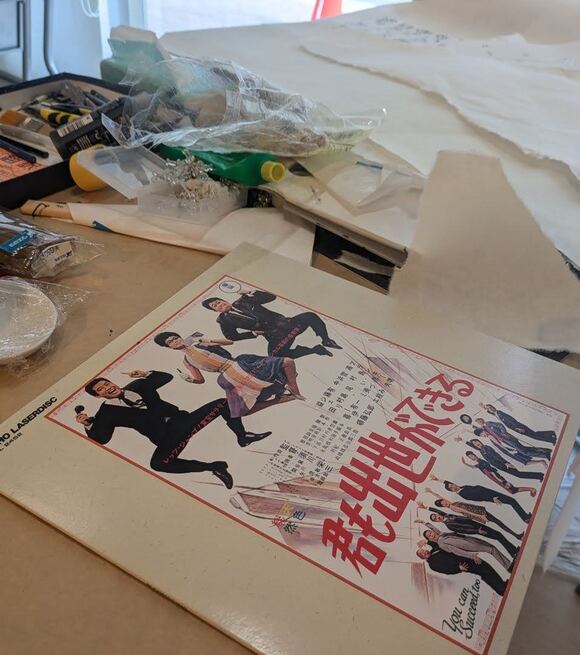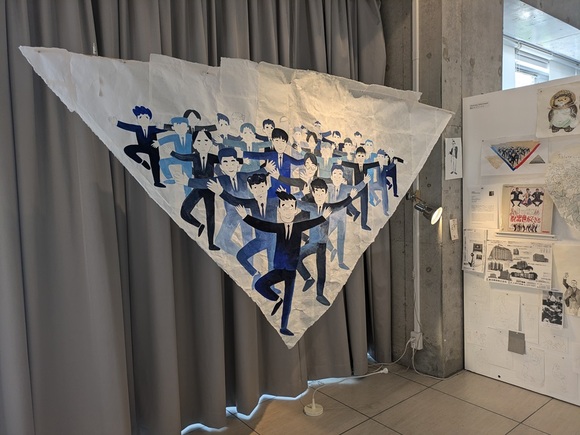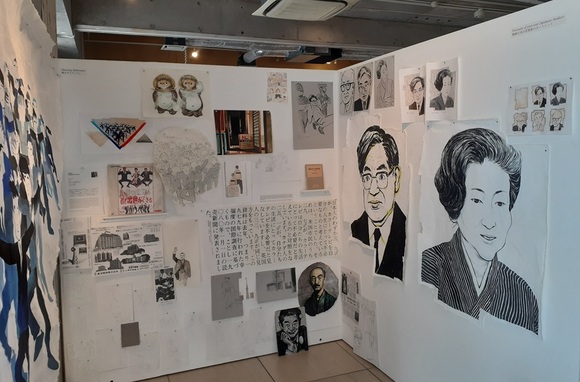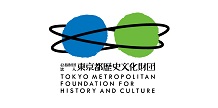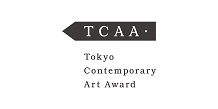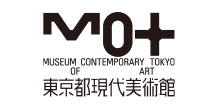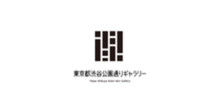HISAMATSU Tomoko
- TOP >
- Archives >
- Residency Program >
- HISAMATSU Tomoko
Local Creator Residency Program
update: 2024.9.9
HISAMATSU Tomoko
| Participating Project | Local Creator Residency Program |
|---|---|
| Activity Based | Saitama |
| City / Place stayed | Tokyo |
| Period | 2024.5 - 2024.7 |
Purpose of the residency
I am planning a large-scale painting project focusing on Japan's postwar history and conducting research for it. I aim to chronicle artistic activities, considering the changes in Japan's economic situation from the postwar period to today and the lives of people in Tokyo. I plan to include the history of Japanese film, which has depicted the lives of people closely connected with the social situation, as a reference, taking a different perspective from fine art. With an international residency environment and the theme of 'Beyond Divisions' at TOKAS, my goal is to explore the structure of a narrative painting that can be shared with people from different cultural backgrounds, rather than evoking nostalgic memories of specific regions.
Plan during the residency
- Planning a large-scale painting focused on Japan's postwar history
- Research reference sources and collect visual materials from museums and libraries
- Create a chronological table about postwar art history around Tokyo based on my research
- Including film history as a subject of my research
- Pursue creating a structure of a narrative painting which could be shared the story with people from different backgrounds
Activities during the residency
I conducted research, developed concepts, and experimented with materials for my next large-scale paintings, which focuses on Japan’s postwar period. I encountered the 1964 musical film You Can Succeed, Too at the National Film Archive of Japan. This film served as a clue for me to start working on my piece, Dancing Salarymen. Additionally, I studied postwar philosophers, mainly Shunsuke Tsurumi, and deepened my understanding of the social and political background of this time. From this research, I planned another project named “Thinkers Mandala.” Both of these projects use washi paper as the primary medium, which I chose after encountering Moriki Paper, a washi wholesale company near TOKAS.
Outcome of the residency
I gained many new inspirations from conversations and information exchanges with co-residents and people I met during the residency. There was a significant impact on various aspects, including research methods, material choices, and the discovery of works and people that became subjects for my projects. On the other hand, one point of reflection was that my research began with the broad focus of "post-war Japan." If I had narrowed down my focus earlier, the research might have progressed more smoothly. Looking ahead, I discovered the potential of using washi paper due to its flexibility, lightweight nature, and historical significance as an East Asian material. I hope to continue and further develop this approach in my future work.
